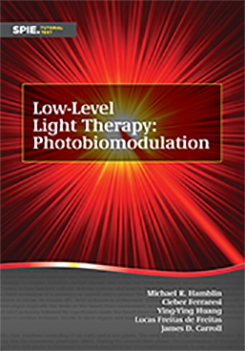|
19.1 Introduction Intravascular laser irradiation of blood (ILIB) is a systemic low-level laser modality that aims the irradiation of the blood. The process was first reported by Russian scientists in the 1970s and consists of laser blood irradiation through a fiber optic inserted in a vascular channel, usually a vein in the forearm. ILIB irradiation takes about 30 minutes, time assumed to be sufficient for the whole blood to receive light and enable a systemic effect. Thus, the components of the blood, i.e., blood lipids, platelets, immune system, and red cells, are the main targets. Although the mechanisms of ILIB are uncertain and need to be assessed by further randomized controlled trials and clinical reports, many studies from Russia show the favorable effects of the technique. ILIB has been studied for a wide range of medical conditions, including diabetes mellitus, asthma, chronic hepatitis, multiple sclerosis, cardiovascular diseases, hypertension, and autoimmune diseases. This chapter presents a summary of the main indications and effects of ILIB in order to introduce this promising “new” treatment modality. The goal is to stimulate new research into the mechanisms of action and propose that further randomized clinical studies should be conducted. New forms of noninvasive systemic irradiation have already been developed, and they appear to be promising, such as modified and intranasal ILIB techniques. |
|
|


